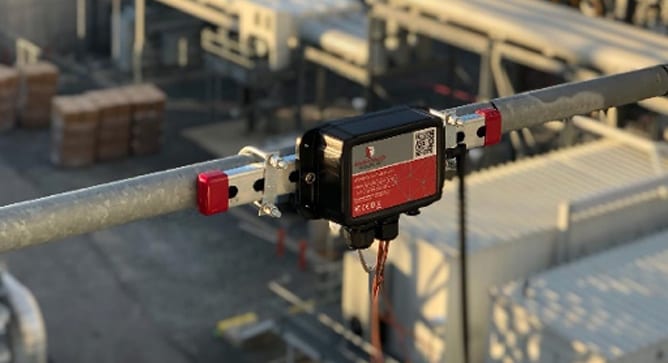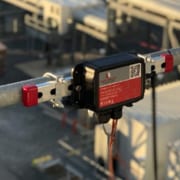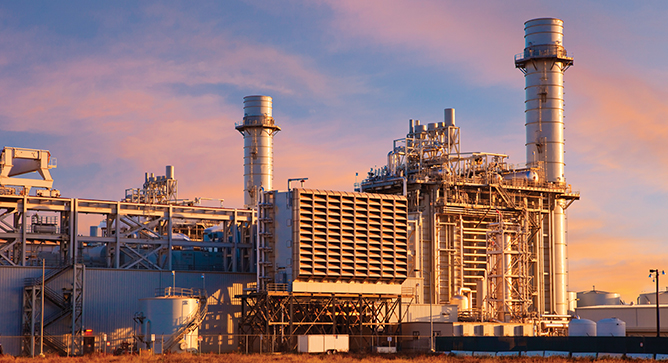News & Views, Volume 49 | Attemperator Monitoring with Wireless Sensors: Risk and Cost Reduction in Real Time

Installed sensors and continuous online monitoring are revolutionizing how power plants manage assets and risk by facilitating the transformation to condition-based maintenance routines. With access to near real-time data, condition assessments, and operating trends, operators have the opportunity to safely and intelligently reduce operations and maintenance costs and outage durations, maximize component lifecycles and uptime, and improve overall operating efficiency.
But not all data is created equal and determining what to monitor, where to monitor, selecting appropriate sensors, and determining data frequency are all critical decisions that impact data value. Furthermore, sensor procurement, installation services, data historian/storage, and data analysis are often provided by separate entities, which can lead to implementation challenges and disruptions to efficient data flow.



 Attemperators (aka desuperheaters) are used in fossil and combined cycle plants to protect boiler/HRSG components and steam turbines from temperature transients that occur during startup or load changes. The attemperator sprays water droplets into the superheated steam to ensure that the downstream, mixed, steam temperature will not adversely affect downstream components.
Attemperators (aka desuperheaters) are used in fossil and combined cycle plants to protect boiler/HRSG components and steam turbines from temperature transients that occur during startup or load changes. The attemperator sprays water droplets into the superheated steam to ensure that the downstream, mixed, steam temperature will not adversely affect downstream components.